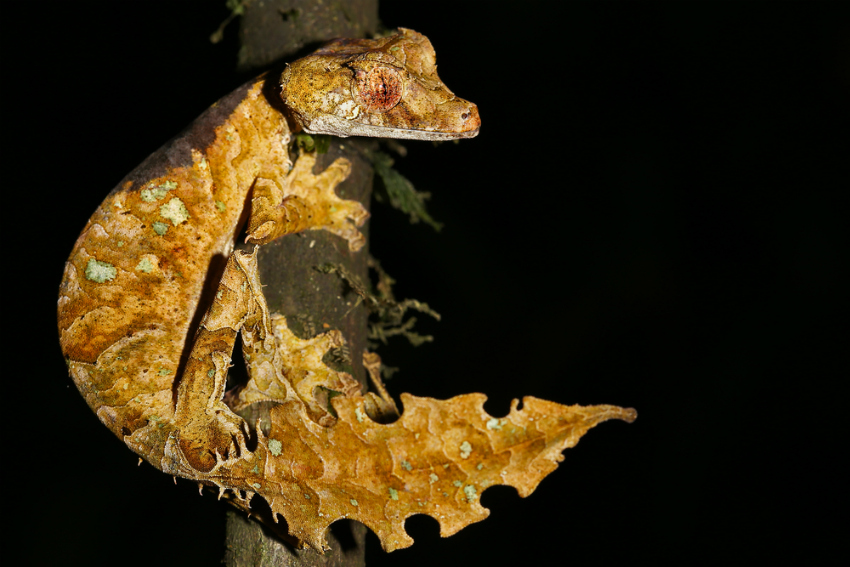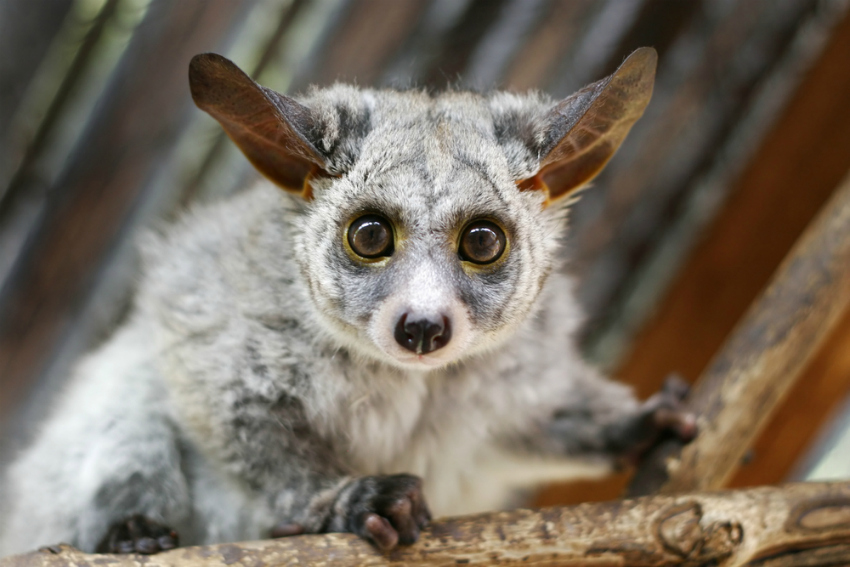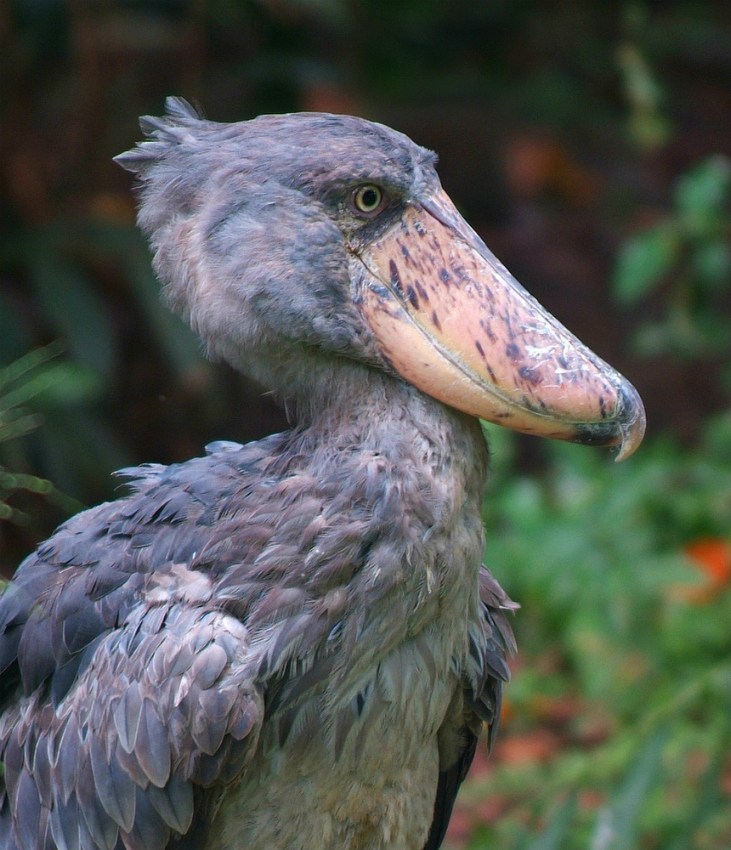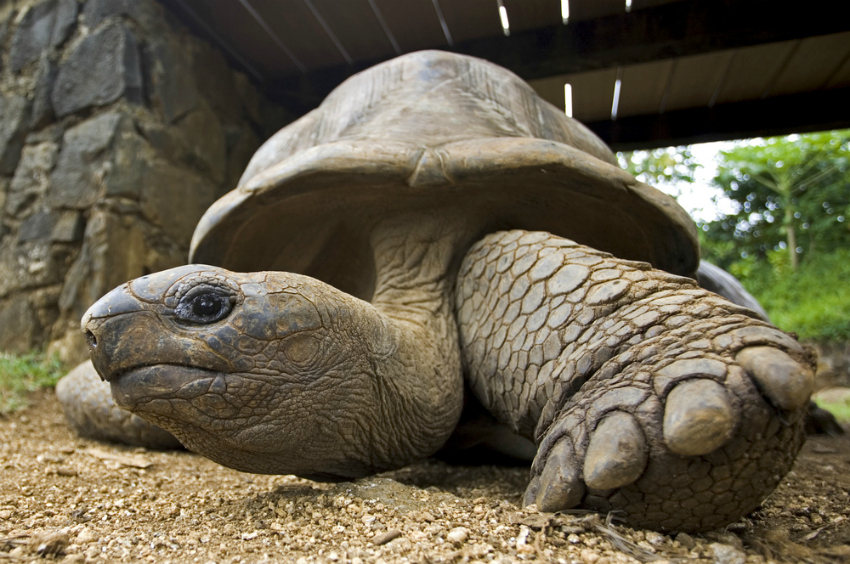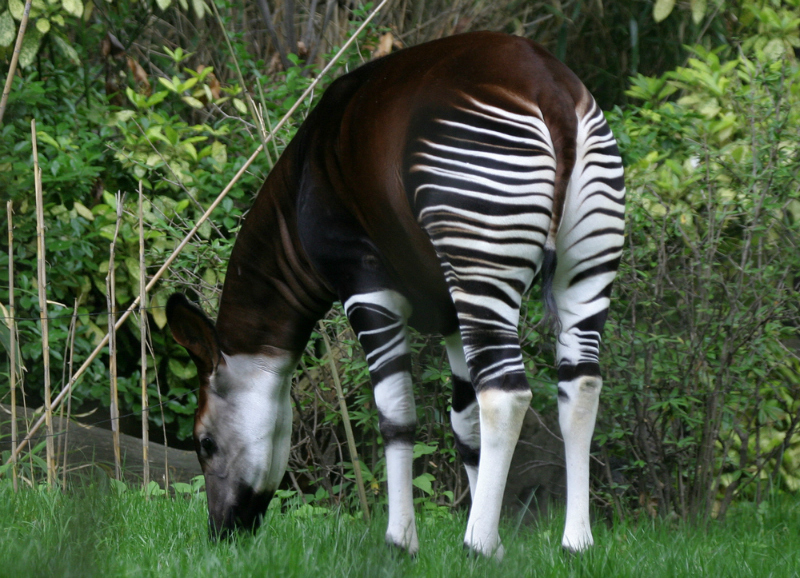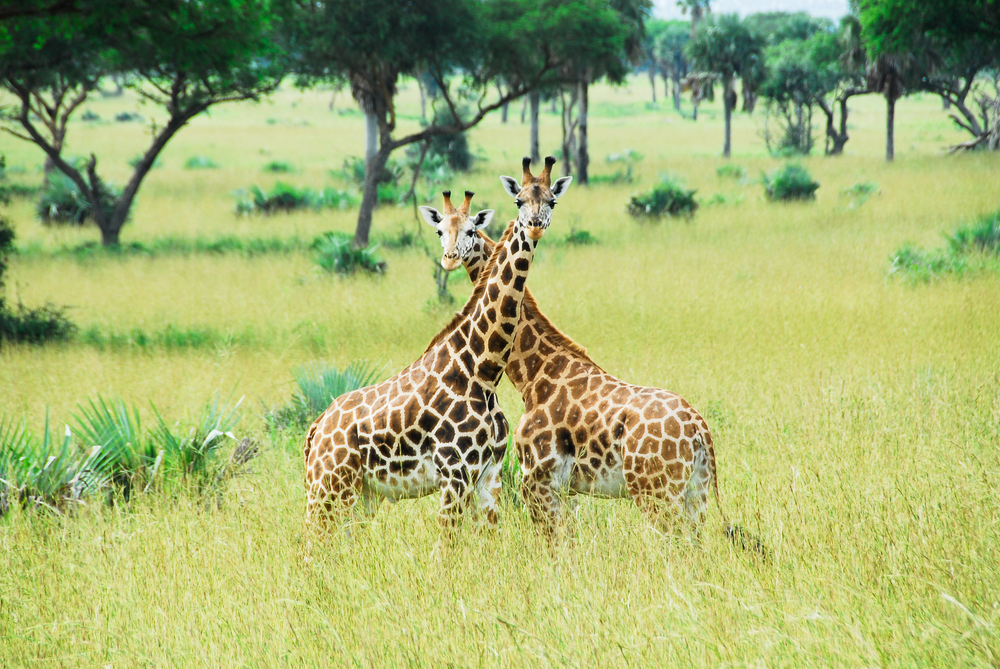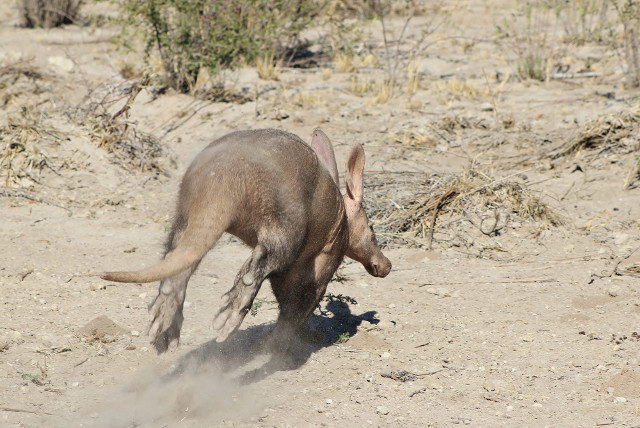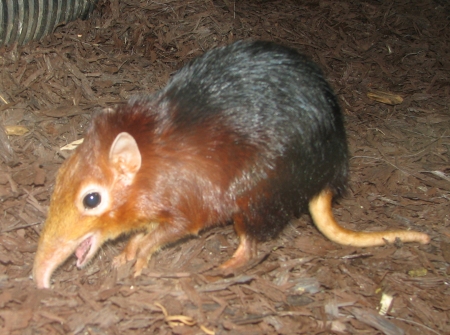Africa is most closely identified with the Big Five animals (lions, leopards, buffalo, elephant and rhino) but there is oh-so-much more to African wildlife than large predators. There are thousands of species of mammals, birds, reptiles, fish, and insects, and some of them are downright weird to those unfamiliar. Here’s our gathering of some of the amazing and strange creatures in Africa, from Cairo to Cape Town.
Pangolin
Pangolins are anteaters with no teeth, long sticky tongues, and large scales that act as a coat of armor when the animal is in need of protection. Pangolins, which are found throughout sub-Saharan Africa, are increasingly under threat since they are popular as bush meat.
Satanic leaf-tailed gecko
Indigenous to Madagascar, this extraordinary critter is a master of camouflage. Its notched tail is formed to look like a leaf, and its coloring (purple, orange, tan, yellow, or mottled brown) also helps it blend with the rainforest trees it lives in. It gets the “satanic” moniker from its piercing eyes, and bright red mouth, which it opens to scare predators away.
Bushbaby
These nocturnal monkeys, also known as galagos, are found all over sub-Saharan Africa. They get their name from their piercing cry, which sounds much like a human baby’s. Bushbabies are very small, with excellent hearing and vision, and feed on insects, fruits, tree gum and smaller animals.
Dugong
This oddly shaped sea creature looks like a manatee and a walrus had a baby together. It is actually a cousin of the manatee, and can be found off the east coast of Africa, as well as in Indian, Asian and north Australian waters. Its down-turned snout is specially adapted for grazing on seagrass, its favorite meal. The gentle creatures can live up to 70 years, and are endangered due to hunting and habitat degradation.
Shoebill
The shoebill is a huge, awkward-looking marsh bird that is so biologically unique that scientists disagree on how to classify it. It lives in tropical east Africa in large swamps from Sudan to Zambia, and eats mainly fish. The sharp nail at the end of its shoe-shaped bill helps it kill its prey.
Bush viper
This highly venomous snake is found in the rainforests of west, central and east Africa. There are 10 different species, all of which live in trees. Their bite is extremely dangerous and no anti-venin exists.
Saharan silver ant
This tough little ant lives in the hottest parts of the Saharan desert and can survive temperatures up to 125 F — but only for 10 minutes at a time. Hence, they do their hunting and foraging quickly, in short bursts throughout the day. Their long legs keep their bodies off the scorching sand, and their silver coloring is thought to reflect heat.
Fennec fox
This small nocturnal fox lives in the deserts of north Africa. Its distinguishing feature is its tiny stature (9-16 inches long) and oversized ears, which give it an incredible sense of hearing — it can even hear prey moving underground! The fennec fox feeds on insects, birds and small mammals.
Cryptic chameleon
This is just one of dozens of species of chameleon which live in the higher-altitude forests of Madagascar. Unlike other species it has a protruding snout, but like other species it can change color at will.
Seychelles giant tortoise
These giant beasts were thought to be extinct, but a few were found to be living in captivity in 1997. This group formed the basis for a small breeding population on Silhouette island. They can weigh up to 500 pounds and live up to 150 years.
Okapi
The okapi looks like it should be related to a zebra, but it isn’t. In fact it is more closely related to giraffes. Found in the Democratic Republic of Congo, it is not surprisingly sometimes known as the zebra giraffe. The okapi was classified as an endangered species in 2013, with less than 10,000 remaining.
Rothschild’s Giraffe
With less than 1100 left in the wild, the Rothschild’s Giraffe has been classified as an endangered giraffe subspecies. Giraffes overall are rather bizarre looking creatures, with a long neck perfect for reaching up into the high acacia branches, and their blue tongues that can cope with the thorns. The long spindly legs make taking a drink a real exercise in balance and indeed the neck has evolved to have special veins and blood valves so that the giraffe won’t black out. It also makes for a harsh start to life, as baby giraffes fall about six feet during birth. But they can be up and about five minutes later. The stunning Rothschild’s Giraffe can best be seen at Lake Nakura National Park in Kenya and Murchison Falls National Park in Uganda.
Aardvark
The aardvark is known more for its strange name, but the animal is equally strange to behold. A nocturnal mammal, it subsists largely on ants and other insects and is spread over a large part of sub-Saharan Africa. It is similar to a pig, but it is not related to the porcine family. It has ears a bit like a kangaroo, but again, there is no relation. In fact, it is the only living member of a prehistoric family, the order of Tubulidentata. The aardvark is admired in African folklore for its fearless approach to soldier ants, which are a menace, and its ongoing quest for food.
Hippos
The hippopotamus (‘river horse’) is actually responsible for more human deaths in Africa than lions, despite being vegetarian. Males are extremely territorial and the females will also be aggressive if they consider their young under threat. The hippo has an amazing physique, but don’t let their size lull you into a sense of security. They can run at over 20 miles per hour. Hippos can get sunburnt and can actually secrete a natural sunscreen to protect itself. They can swim or stay underwater for up to 10 minutes. Their nearest living relative is actually the whale. Perhaps this is less surprising when you consider the hippo is the world’s third largest land mammal. Unless you include the pgymy hippopotamus, which is an endangered subspecies.
Elephant Shrew
Not really an elephant and not really a shrew, the poor Elephant shrew is a confused mixture. It has a long nose which gives it the name Elephant and is in fact related to the elephant family. Their legs are overly long for their size, and enable them to hop like rabbits.
Want to discover the finer side of Africa? Sign up for our weekly newsletter.

